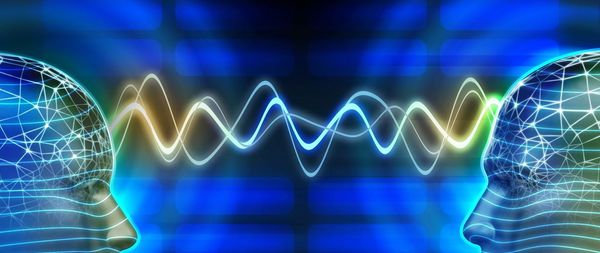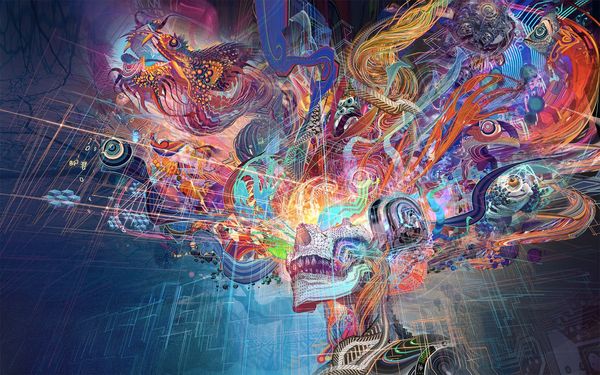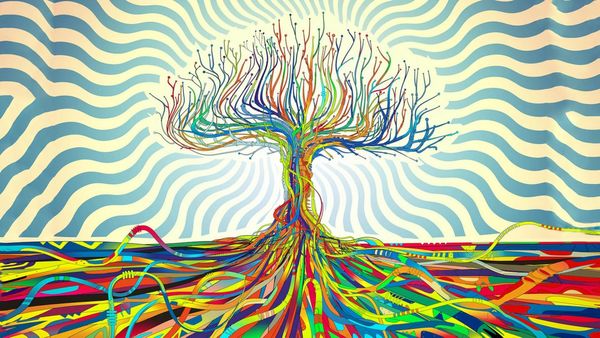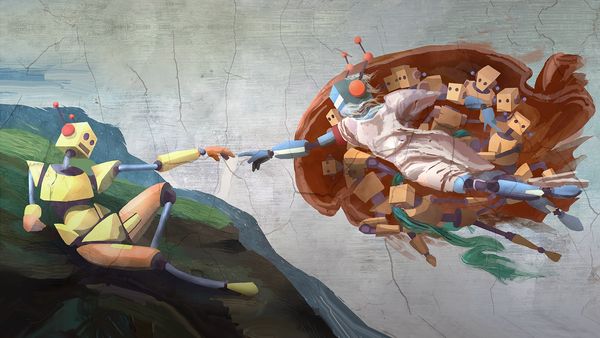Jordan Lejuwaan • • 2 min read
Bye Bye Homo sapien, Hello Homo evolutis

We are Homo sapiens, the most advance form of humans this earth has ever seen. We can stand up straight, think deeper and faster than any other species of man AND we have iPhones. Homo sapiens do not even have to worry about Darwinian natural selection anymore due to the institution of civilized society. Our food is available on shelves, homes are built, and water is never in short supply. So are we still evolving?Juan Enriquez, a well-respected futurist, thinks the answer is a definite yes. He theorizes that we as a species are going to see a shift in the near future from Homo sapien to Homo evolutis, or a “Hominid that takes direct control over the evolution of their species and others.” The method by which we will transform into such a species is new technology that is advancing at a virtually exponential level. This is resulting from the idea that we are developing technology that makes creating new technology easier and faster. The resulting trend of spiraling upward has brought us to a point where anything currently is, or will be in the near future, possible. Examples of this range from the creation of robotic cells that can be programmed to do anything to robots that can move and react to the environment just like humans can. Enriquez says it this combination of biological and robotical engineering that will lead to the Homo evolutis species:“We will likely see glimpses of this long-lived, partly mechanical, partly regrown creature that continues to rapidly drive its own evolution. As the branches of the tree of life, and of hominids, continue to grow and spread, many of our grandchildren will likely engineer themselves into what we would consider a new species, one with extraordinary capabilities, a homo evolutis.Enriquez reasons that intersection of super-advance cellular, biological, and mechanical engineers will render man the ability to change his body and his genetics. Yes, we currently have artificial hearts and prosthetic limbs, but Enriquez is talking about being able to modify the human body and carry on that trait through DNA. For example, blindess has always been completely incurable, but scientists have built a mechanism so that the blind can differentiate between light and dark. This technology is going to advance to a level where artificial eyes catch up to human eyes and eventually surpass them. In Enriquez’s video from the 2009 TED conference, he also mentions recent successes in DNA technology, like adding an extra wing to a chicken. There is even the possibility of limb and nerve cell regeneration thanks to an endangered animal called the Axolotl, which can even re-grow parts of its brain.The clincher for the evolutionary change, however, is the fact that we can take the regenerative ability outfrom the Axolotl and put it into the DNA of other species and eventually our own. We can construct these amazing tools and integration into the human genome is soon to come. The possibilities are endless: Want to have perfect hearing forever? No problem. Need a new heart, liver, leg or brain? That’s a piece of cake. But the real significance of this idea is that which goes beyond these basic fixes, such as night vision and indestructible limbs. Enriquez’s theory brings up several questions:1) Will we reach a point where we can no longer be defined as human? Should we even care?
2) With the human race being as flawed as it is, what will be the repercussions of making people super-human?
3) How will this affect society as a whole? (workforce, criminality, warfare, etc.)Enriquez’s original presentation can be viewed here.
2) With the human race being as flawed as it is, what will be the repercussions of making people super-human?
3) How will this affect society as a whole? (workforce, criminality, warfare, etc.)Enriquez’s original presentation can be viewed here.










